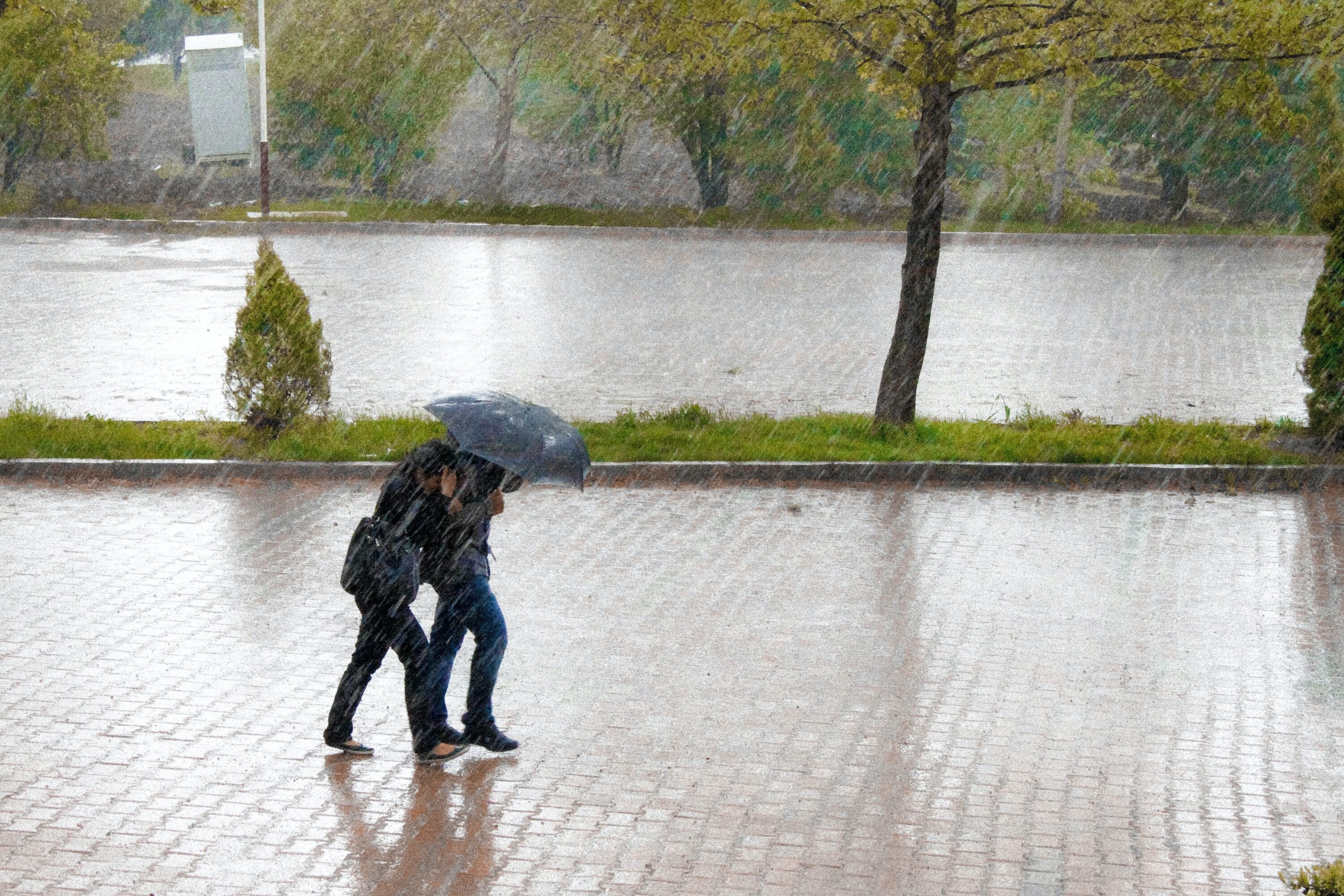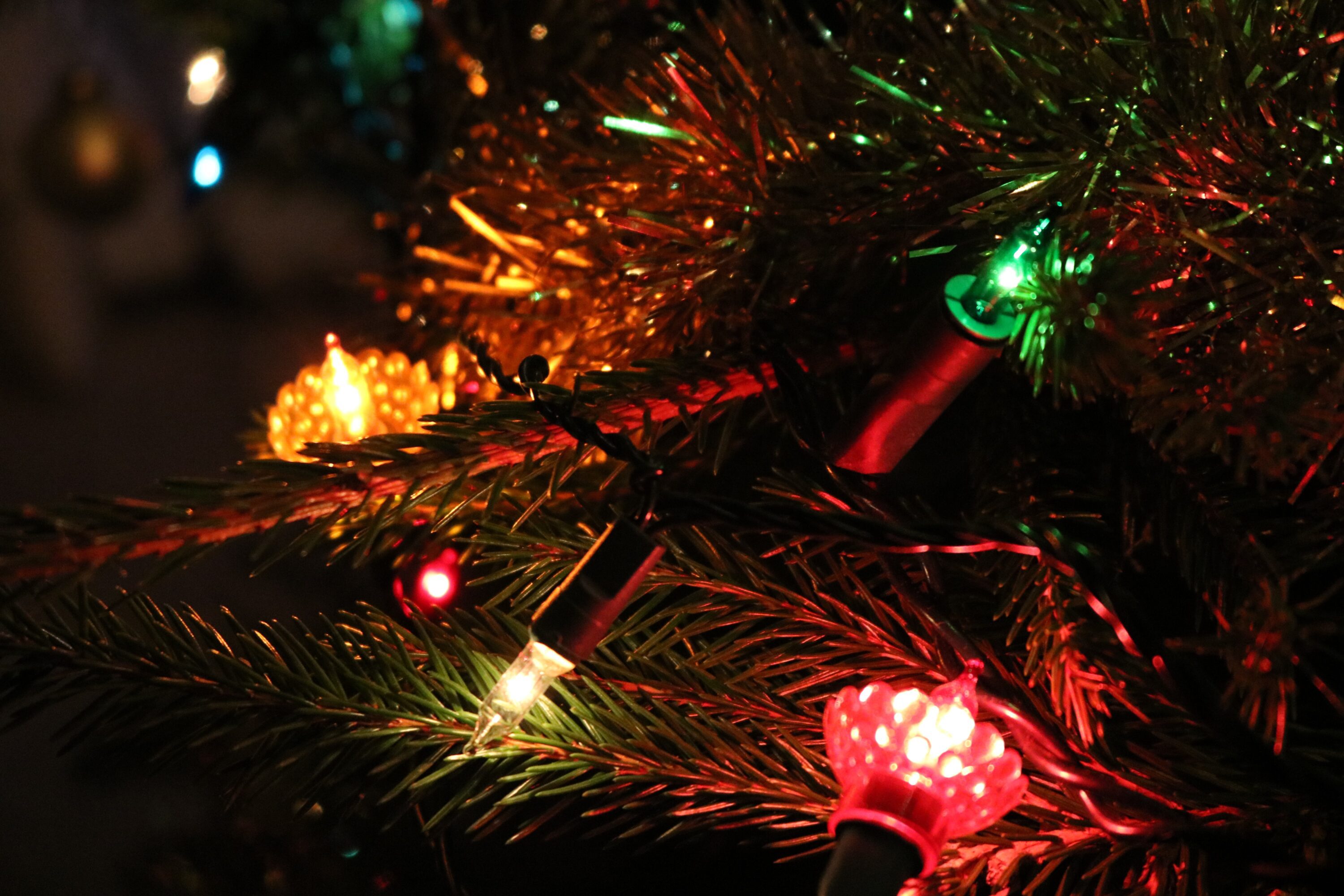The California Fish and Game Commission delayed the decision again today over whether to grant state protection to the western Joshua tree. The petition to protect the plant under the California Endangered Species Act (CESA) was submitted in 2019. If it is listed, it would be the first species to earn protection in the state because of climate change.
But the process has been contentious. And even when the decision is made, the fate of the plant is far from sealed.
How to save a tree
A member of the public must make a case to the California Fish and Game Commission that a species needs protection. In this case, the case is over the western Joshua tree, which primarily grows in California.
Their champion is Brendan Cummings. As conservation director for the Center for Biological Diversity he’s litigated plenty of endangered species cases. “Fifteen or so years ago, I did the … litigation that forced the Bush administration to protect the polar bear under the Federal Endangered Species Act.”
But this species is personal. He’s got dozens of them in his backyard in the town of Joshua Tree. “If you look around us here, the adult Joshua trees we’re seeing were recruited into the population under a climate that no longer exists,” he says.
But the case he’s making isn’t easy. Millions of these trees are still spanning thousands of square miles. Listing a species means businesses and residents must either avoid killing it if possible, or move it, or pay a fee if it must be killed. With so many trees left, that could be burdensome.
Kelly Herbinson says it’s worth the trouble. She’s the co-executive director of the Mojave Desert Land Trust, whose whole mission is to set aside acres of desert habitat for preservation.
“What we’re seeing right now is unprecedented. This is serious. And I don’t know that that’s always obvious if you’re not doing this every day and working on the land every day,” she says.
At lower elevations, the western Joshua tree is facing the effects of the worst drought in more than a thousand years. “If you were to go to, say, the West Mojave, or even areas nearby where the drought has been really bad, I mean, they’re mostly brown,” she says.
In its middle elevations, the Joshua tree has been separated into small island habitats by decades of development as the human population in the desert continues to grow. That cuts off genetic flow between populations and creates problems like what LA’s mountain lions are facing.
And then of course, at its middle and higher elevations, the Joshua tree is facing a threat it rarely encountered before — increased wildfire.
On a protected parcel of land across the street from where Herbinson works, a stray cigarette in 2020 burned most of the Joshua trees on a quarter of the 600 acres that the Mojave Desert Land Trust saved from becoming a housing development.
“That is not something that happened historically,” she says. “There’s this massive overgrowth of invasive plant species that are blanketing the desert and creating this massive fuel load. And then it dries out because we’re in a drought. And then you just have this carpet of dried-up plants that are ripe to burn.”
There’s also the problem of the tree’s lifelong partner: the yucca moth. They’re completely reliant on each other to survive.
The moth lives underground at the base of its tree for years, waiting for it to flower, and in the spring when it finally does, it emerges and pollinates the tree in exchange for food and a safe place to produce larvae.
But as the climate changes, scientists have found that the moths aren’t reproducing like they used to.
The California Department of Fish and Wildlife spent months studying the trees. Their job is to provide all the data and expertise that the commission needs to make a decision. In June, the department determined that there isn’t compelling evidence that the western Joshua tree is in danger of going extinct in the foreseeable future. It said the plant has time to adapt to climate change.
Almost all of the peer-reviewed scientists disagreed. At the meeting in June, hundreds of members of the public showed up to throw in their opinion too.
Local politicians, the local water board, building developers, and labor unions all argued that listing an abundant plant in the desert as endangered would hurt development and jobs.
National politicians, conservationists, scientists, local residents, and tribal groups all made the case that the western Joshua tree is disappearing, and needs to be protected.
The commission reached a stalemate in June, and then on Wednesday, they decided unanimously to delay the decision again, to leave room for more tribal consultation.
Cummings says he is not surprised by the delay. But even if the commission lists the western Joshua tree next year, he doubts the fight will end there either.
“If they vote to protect Joshua trees, various business interests will undoubtedly sue, trying to overturn that protection. And conversely, if the commission votes against protecting Joshua trees, I will sue, attempting to overturn that unlawful, unscientific decision. So the future of the species is likely to be contested for the next few years,” he says.
For now, the Joshua tree has temporary protection, since it is a candidate species for CESA. The commission will revisit the decision in February 2023.
Caleigh Wells wrote this article for KCRW. Broadcast version by Suzanne Potter for California News Service reporting for the KCRW-Public News Service Collaboration


Courtesy of Cedric Letsch
Courtesy of Cedric Letsch






